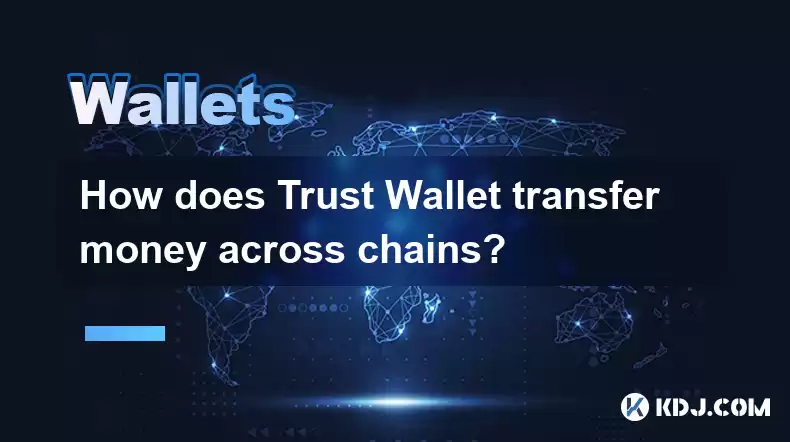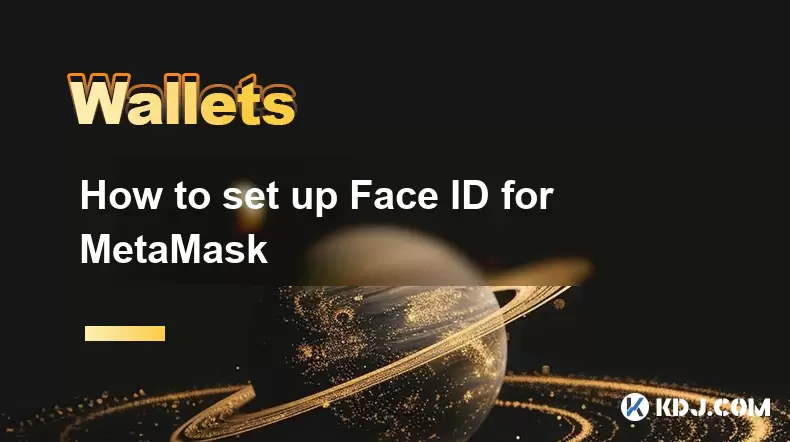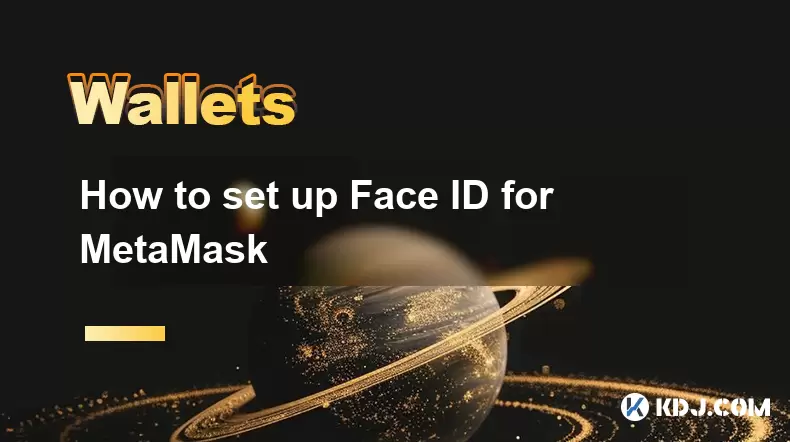-
 Bitcoin
Bitcoin $119000
-2.21% -
 Ethereum
Ethereum $4315
1.01% -
 XRP
XRP $3.151
-3.11% -
 Tether USDt
Tether USDt $0.0000
0.00% -
 BNB
BNB $808.5
-0.71% -
 Solana
Solana $175.8
-4.21% -
 USDC
USDC $0.9999
0.00% -
 Dogecoin
Dogecoin $0.2250
-3.92% -
 TRON
TRON $0.3469
1.77% -
 Cardano
Cardano $0.7818
-3.81% -
 Chainlink
Chainlink $21.47
-2.10% -
 Hyperliquid
Hyperliquid $43.30
-6.81% -
 Stellar
Stellar $0.4370
-2.84% -
 Sui
Sui $3.682
-4.40% -
 Bitcoin Cash
Bitcoin Cash $590.8
2.67% -
 Hedera
Hedera $0.2484
-5.20% -
 Ethena USDe
Ethena USDe $1.001
0.00% -
 Avalanche
Avalanche $23.10
-4.29% -
 Litecoin
Litecoin $119.2
-3.96% -
 Toncoin
Toncoin $3.409
0.90% -
 UNUS SED LEO
UNUS SED LEO $9.016
-1.29% -
 Shiba Inu
Shiba Inu $0.00001304
-3.82% -
 Uniswap
Uniswap $11.18
1.33% -
 Polkadot
Polkadot $3.913
-3.51% -
 Cronos
Cronos $0.1672
-3.08% -
 Dai
Dai $1.000
0.02% -
 Ethena
Ethena $0.7899
-4.70% -
 Bitget Token
Bitget Token $4.400
-1.23% -
 Pepe
Pepe $0.00001132
-5.93% -
 Monero
Monero $257.9
-6.44%
How does Trust Wallet transfer money across chains?
Trust Wallet facilitates cross-chain transfers of crypto assets between blockchains using bridges, which have fees and risks; always double-check addresses and use reputable protocols.
Mar 28, 2025 at 10:49 pm

Understanding Cross-Chain Transfers with Trust Wallet
Trust Wallet doesn't directly "transfer money" in the traditional sense. Instead, it facilitates the movement of cryptocurrency assets between different blockchains. This process, known as a cross-chain transfer, involves several steps and often utilizes intermediary protocols or bridges. Understanding these intricacies is crucial for navigating this increasingly complex aspect of the crypto landscape. The key is to remember that you're not transferring fiat currency; you're moving digital assets between separate, independent networks.
The Mechanics of Cross-Chain Transfers
Cross-chain transfers aren't a simple transaction within a single blockchain. They require a more complex process, often involving several steps. The specific steps depend on the tokens involved and the bridge used. Trust Wallet often integrates with various bridges to provide users with access to these functionalities. These bridges are essentially intermediary protocols that enable communication and asset transfer between distinct blockchains. It's vital to understand that each bridge has its own fees and potential risks.
Common Cross-Chain Transfer Methods
Several methods are employed for cross-chain transfers, each with its own pros and cons. Trust Wallet often supports multiple methods, offering users choices based on speed, cost, and security. Let's explore some of the most prevalent approaches:
Wrapped Tokens: This method involves wrapping a native token from one chain into a token representing the same value on another chain. For example, wrapping Ethereum (ETH) into Wrapped Ethereum (wETH) on another blockchain. This is a common approach for transferring assets between Ethereum and other compatible networks.
Atomic Swaps: These are peer-to-peer exchanges that happen instantly without the need for a third-party intermediary. This approach prioritizes speed and decentralization but might have limited availability depending on the supported token pairs.
Bridge Protocols: Dedicated protocols act as bridges between different blockchains. These protocols often employ smart contracts to facilitate the transfer. Trust Wallet frequently integrates with popular bridge protocols, allowing users to transfer assets seamlessly. Always research the reputation and security of any bridge you use.
Step-by-Step Guide (Illustrative Example)
Let's illustrate a hypothetical cross-chain transfer from Ethereum (ETH) to Binance Smart Chain (BSC) using a wrapped token method:
- Step 1: Locate the Bridge: Open Trust Wallet and find the integrated bridge supporting ETH to wETH conversion.
- Step 2: Initiate the Wrap: Select the amount of ETH you want to wrap and confirm the transaction. Double-check the transaction details, including gas fees.
- Step 3: Bridge to BSC: Once the ETH is wrapped as wETH, use the bridge to transfer the wETH to your BSC address.
- Step 4: Confirm the Transaction: Approve the transaction on both the Ethereum and BSC networks. This usually involves multiple confirmations.
- Step 5: Verify the Transfer: After some time (depending on network congestion), check your BSC address to confirm receipt of the wETH.
Security Considerations
Security is paramount when undertaking cross-chain transfers. Always double-check the recipient address before confirming any transaction. Ensure that you are using reputable bridges and that the wallet you're using is secure and updated. Be aware of phishing scams and avoid clicking on suspicious links. Only use official Trust Wallet channels and resources. Understand the risks associated with each bridge and the potential for delays or failures.
Fees and Timeframes
Cross-chain transfers usually involve fees, which can vary depending on the network congestion, the bridge used, and the amount being transferred. These fees are often higher than simple on-chain transactions. Transaction times also vary considerably, ranging from a few minutes to several hours, depending on network conditions and the specific bridge used. Always factor in these fees and potential delays before initiating a transfer.
Choosing the Right Method
The optimal method for cross-chain transfers depends on your priorities. If speed is crucial, atomic swaps might be preferable, but their availability is limited. If cost is a primary concern, you might explore bridges with lower fees, but these might be slower. Wrapped tokens offer a balance between speed and ease of use, but require an extra step in the process. Carefully weigh the advantages and disadvantages of each method before making a decision.
Frequently Asked Questions
Q: Can I transfer any token using Trust Wallet's cross-chain functionality?
A: No, not all tokens are supported for cross-chain transfers through Trust Wallet. Support depends on the availability of bridges and wrapped tokens for that specific cryptocurrency.
Q: What are the risks associated with cross-chain transfers?
A: Risks include potential loss of funds due to scams, bugs in the bridge's smart contract, network congestion leading to delays or failed transactions, and high transaction fees.
Q: How long does a cross-chain transfer typically take?
A: The time required varies significantly depending on network congestion, the specific bridge used, and the chosen method. It can range from minutes to several hours.
Q: Are there fees associated with cross-chain transfers?
A: Yes, fees are typically involved, covering network transaction fees and bridge fees. These fees can be substantial, especially during periods of high network activity.
Q: What should I do if my cross-chain transfer fails?
A: Contact the support team of the bridge you used and carefully review all transaction details. Investigate potential causes like insufficient gas fees or incorrect recipient addresses. In some cases, you might need to contact the exchange or platform where you initiated the transfer.
Q: How can I ensure the security of my cross-chain transfers?
A: Use only reputable bridges, double-check recipient addresses, and ensure your Trust Wallet is updated and secure. Be wary of phishing attempts and avoid clicking suspicious links. Only use official Trust Wallet resources.
Disclaimer:info@kdj.com
The information provided is not trading advice. kdj.com does not assume any responsibility for any investments made based on the information provided in this article. Cryptocurrencies are highly volatile and it is highly recommended that you invest with caution after thorough research!
If you believe that the content used on this website infringes your copyright, please contact us immediately (info@kdj.com) and we will delete it promptly.
- PumpFun (PUMP) Price: Riding the Meme Coin Wave or Facing a Wipeout?
- 2025-08-12 16:50:12
- Uniswap's Legal Clarity Fuels Price Target: Will UNI Hit $12.85?
- 2025-08-12 17:30:13
- Arctic Pablo Coin: Meme Coin Growth Redefined?
- 2025-08-12 16:50:12
- Pumpfun, Snorter Token, and Meme Coin Mania: What's the Hype?
- 2025-08-12 17:30:13
- Crypto, Long-Term, Small Investment: Finding Gems in the Digital Rough
- 2025-08-12 17:35:12
- Do Kwon's Terra Collapse: Guilty Plea Looms – A Stablecoin Fraud Saga
- 2025-08-12 17:40:12
Related knowledge

How to manage your portfolio in Exodus wallet
Aug 08,2025 at 10:07pm
Understanding the Exodus Wallet InterfaceThe Exodus wallet is a non-custodial cryptocurrency wallet that supports a wide range of digital assets. When...

How to reset your MetaMask password
Aug 08,2025 at 01:28pm
Understanding the MetaMask Password Reset ProcessMany users confuse the MetaMask password with the seed phrase or private key, but they serve differen...

How to buy Dogecoin on MetaMask
Aug 08,2025 at 03:42am
Understanding Dogecoin and MetaMask CompatibilityDogecoin (DOGE) is a popular meme-based cryptocurrency that operates on its own blockchain, originall...

How to switch between networks in Trust Wallet
Aug 09,2025 at 11:07am
Understanding Network Switching in Trust WalletSwitching between networks in Trust Wallet allows users to manage assets across different blockchains, ...

How to set up Face ID for MetaMask
Aug 12,2025 at 02:42am
Understanding Face ID and Its Role in MetaMask SecurityMetaMask is a widely used cryptocurrency wallet that allows users to interact with the Ethereum...

How to set up Face ID for MetaMask
Aug 11,2025 at 09:28am
Understanding Face ID and Its Role in MetaMask SecurityFace ID is a biometric authentication system developed by Apple that uses facial recognition to...

How to manage your portfolio in Exodus wallet
Aug 08,2025 at 10:07pm
Understanding the Exodus Wallet InterfaceThe Exodus wallet is a non-custodial cryptocurrency wallet that supports a wide range of digital assets. When...

How to reset your MetaMask password
Aug 08,2025 at 01:28pm
Understanding the MetaMask Password Reset ProcessMany users confuse the MetaMask password with the seed phrase or private key, but they serve differen...

How to buy Dogecoin on MetaMask
Aug 08,2025 at 03:42am
Understanding Dogecoin and MetaMask CompatibilityDogecoin (DOGE) is a popular meme-based cryptocurrency that operates on its own blockchain, originall...

How to switch between networks in Trust Wallet
Aug 09,2025 at 11:07am
Understanding Network Switching in Trust WalletSwitching between networks in Trust Wallet allows users to manage assets across different blockchains, ...

How to set up Face ID for MetaMask
Aug 12,2025 at 02:42am
Understanding Face ID and Its Role in MetaMask SecurityMetaMask is a widely used cryptocurrency wallet that allows users to interact with the Ethereum...

How to set up Face ID for MetaMask
Aug 11,2025 at 09:28am
Understanding Face ID and Its Role in MetaMask SecurityFace ID is a biometric authentication system developed by Apple that uses facial recognition to...
See all articles

























































































